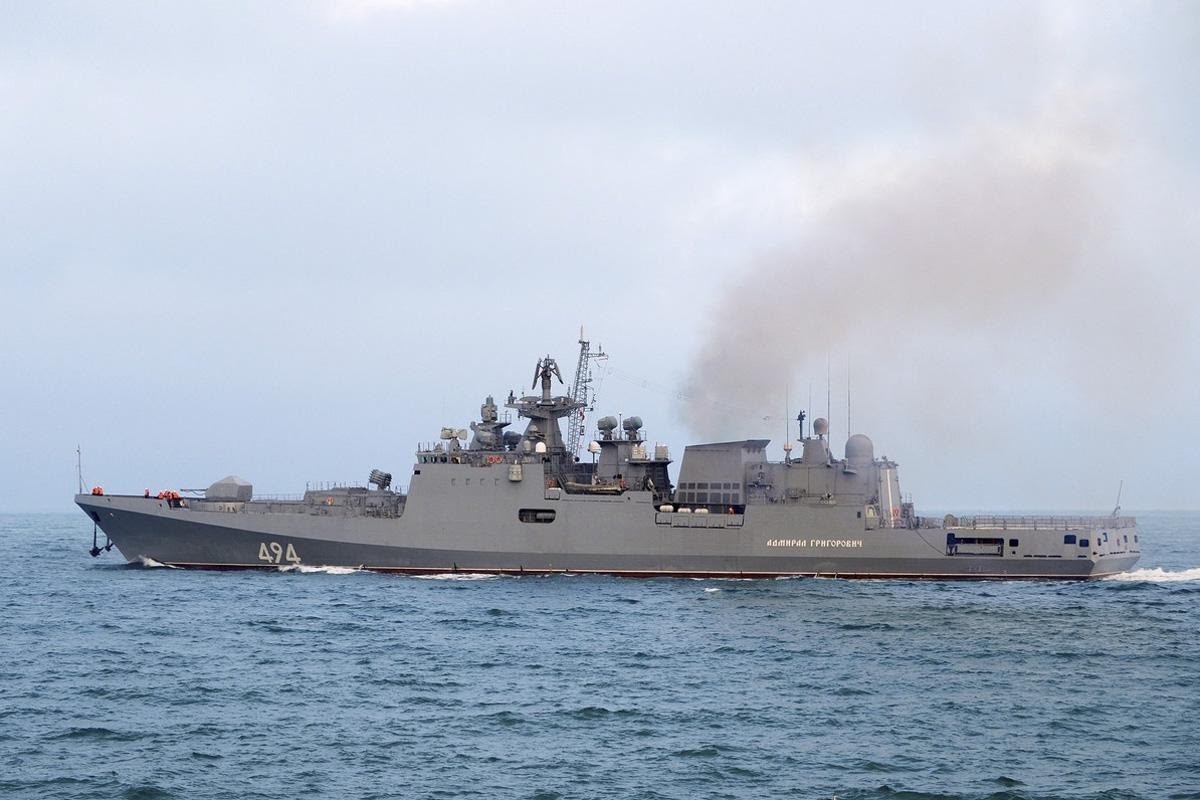The right of the people to be secure in their persons, houses, papers, and effects, against unreasonable searches and seizures, shall not be violated, and no warrants shall issue, but upon probable cause, supported by oath or affirmation, and particularly describing the place to be searched, and the persons or things to be seized.
Fourth Amendment, United States Constitution
Having served as a Criminal Court Judge in Brooklyn, New York, I had many occasions to hear evidence from witnesses, police officers and confidential informants, and to issue search warrants. In most cases, the police and an Assistant District Attorney would present me with a proposed search warrant and a supporting affidavit. A confidential informant (CI) would usually appear in person, and would testify under oath as to the allegations contained in the supporting affidavit. The warrant would detail the place to be searched, and what items were expected to be found.
As is stated in the Fourth Amendment, a search warrant could not be issued until probable cause was established; that is, proof that a crime had occurred, and that specific evidence of that crime could be found at the location to be searched. For example, the CI would testify that he purchased drugs at a specific apartment on one or more occasions; and that the CI had observed that a drug “stash” was located in a cardboard shoe box in the living room of that apartment.
It was my job to ensure that such a warrant did not become a “fishing expedition,” that is, just an open ended search through a person’s home for unspecified contraband. I had an obligation to establish parameters, such as a time period during which the warrant could be executed; whether or not the police had an obligation to knock first; and a requirement that the searching authorities return to the courthouse after the search with a list of the items seized.
For instance, in the example used above, the police could search the living room of the apartment, but not every bedroom at the location.
If the police found a safe, or other closed container in the course of their search, unless the warrant specified otherwise, the searching authorities could not enter that safe or closed container without seeking another warrant. Again, in the example given above, the search warrant would authorize the police to search any cardboard shoe box found in the living room of the apartment.
Recently, a search warrant was executed by approximately 30 Agents of the Federal Bureau of Investigation’s Washington DC bureau office at former President Donald Trump’s residence in Florida, Mar-A-Lago. According to The Guardian, “(t)he search warrant appeared to be approved by Florida federal magistrate judge Bruce Reinhart. The attachment to the warrant, describing the ‘property to be seized’, broadly referred to classified documents and materials responsive to the Presidential Records Act.”
Apparently, the search grew out of a long-standing dispute between Trump and the National Archives. “In late January (2022), after protracted negotiations with Trump lawyers, the Archives secured the return of 15 boxes of documents Trump took from the White House to Mar-a-Lago, his post-presidency home in Florida. The boxes included White House documents considered presidential records, as well as items including “love letters” from Kim Jong-un of North Korea, a letter left for Trump by his predecessor as president, Barack Obama, and a model of Air Force One with red-white-and-blue livery Trump chose.”
Yet, the recovery of these materials weren’t enough for the National Archives, the Department of Justice, or the FBI. Further, rather than subpoena these documents, or seek a Court order for their return, federal authorities sought and obtained a search warrant.
“In executing the search warrant…teams of FBI agents wearing nondescript clothes fanned out across the entirety of the Mar-a-Lago resort in Palm Beach, Florida, the sources said. Trump was not there at the time of the raid and learned about it while he was in New York. The agents searched through storage areas in the basement of the property, the sources said, before moving to Trump’s office on the second floor of the main house, where a safecracking team opened a hotel-style safe, though that contained no records responsive to the warrant. Later, the FBI agents searched the residence of Trump and his wife, Melania, and navigated through the pocket-door that separates their separate rooms, one of the sources said.”
In fact, as a result of the search, “sources said (approximately) 10 boxes’ worth of documents (were recovered) in addition to 15 boxes recovered from Mar-a-Lago earlier this year.”
Given my background, and the rules for the issuance of search warrants I outlined above, several issues immediately jump out at me. It is also important to note that the actual search warrant and supporting affidavit have not been released to the public as of this writing, and a review of these documents may clarify some of the concerns I express here.
First, the warrant would seem to be extraordinarily broad. “Classified documents and materials responsive to the Presidential Records Act,” could mean any one of a thousand or more categories of material. Further, such a wide description gives FBI Agents no particular and specific description of the materials subject to the search.
Next, the area to be searched appears not to have been specified. Agents searched all of Mar-A Lago, including the private residence of the former President and his wife; the former President’s office; and even a closed and locked safe. It is entirely possible that the warrant allowed for a such a broad and far-ranging search, but such an unspecific and wide mandate is highly unusual.
Third, as we have discussed, a court must find probable cause for a crime to have occurred to issue a search warrant. What is the crime here? Under 18 USC 2071(a), “Whoever willfully and unlawfully conceals, removes, mutilates, obliterates, or destroys, or attempts to do so, or, with intent to do so takes and carries away any record…document, or other thing, filed or deposited…in any public office, or with any judicial or public officer of the United States, shall be fined under this title or imprisoned not more than three years, or both.” Subdivision (b) goes on to state that “(w)hoever, having the custody of any such record…document, paper, or other thing, willfully and unlawfully conceals, removes…or destroys the same…shall forfeit his office and be disqualified from holding any office under the United States.”
According to former federal prosecutor Andrew McCarthy, writing in the New York Post, “If Trump had not declassified these materials while he was president, then his continuing possession of them in a non-secure location was probably illegal. While presidents have unilateral authority to declassify intelligence, they only maintain that authority while in office – it may not be exercised in the post-presidency. The returned documents were thus potentially evidence of crimes. In addition, since it is believed Trump did not return everything that was shipped out of the White House in those hectic days of January 2021, there was significant reason to suspect he continued to retain classified information at Mar-a-Lago.”
But as noted, the penalties for a violation of 18 USC 2071 are fairly minimal. Was it really necessary to send 30 FBI Agents from Washington DC to South Florida to search for 10 boxes of documents? Is there some other motivation for the government to have acted so ham-handedly here?
As Andrew McCarthy writes, “there is speculation that DOJ may be mobilizing now in order to trigger the Section 2071 disqualification. I doubt that. The Justice Department well knows that the qualifications for a presidential candidate are set out in the Constitution. They may not be altered by statute, precisely because the Framers did not want the executive branch to be dominated by the legislature, as would happen if Congress could disqualify incumbent or potential presidents simply by passing a law. The Constitution’s qualifications for the presidency are minimal – one must be over 35 and a natural-born citizen. Being a felon is not a disqualification, so even crimes potentially far more serious than mishandling classified information are not a bar to seeking the presidency.”
As a result, McCarthy “believe it would foolhardy for the Biden Justice Department to indict a former president on such debatable non-violent crime charges. That is especially so when it comes to a former president who could be the 2024 Republican nominee, since such charges would fuel the perception that Democrats are using the Justice Department as a political weapon.”
In fact, McCarthy believes the Raid on Mar A Lago had another motive; “The Justice Department obviously used the potential classified information as a pretext to obtain a warrant so it could search for what it is really looking for: evidence that would tie Trump to a Capitol riot offense – either a violent crime, such as seditious conspiracy to forcibly attack a government installation (which is highly unlikely), or a non-violent crime, such as conspiracy to obstruct the January 6 joint session of Congress to count electoral votes, or conspiracy to defraud the government.”
This would explain the open-ended nature of the warrant, and the wide-ranging search throughout the former President’s residence – a classic “fishing expedition.” Exactly what an objective issuing magistrate is duty-bond to prevent.
In another unusual move, as of this writing, the FBI, Justice Department, or White House have yet to make any public statement regarding the invasion of the Trump Florida residence. Perhaps those entities realize they have overplayed their hand, and left themselves open to charges of overreach and politicization of the justice process?
Whatever the fall out, one thing is certain. No matter how you may view former President Trump, if the government can use a pretext like the retention of some documents as a predicate for a full blown search of his property, what reliance can the rest of us have on the fairness and impartiality of our judges and magistrates?
Judge John Wilson (ret.) served on the bench in NYC
Illustration: Pixabay









